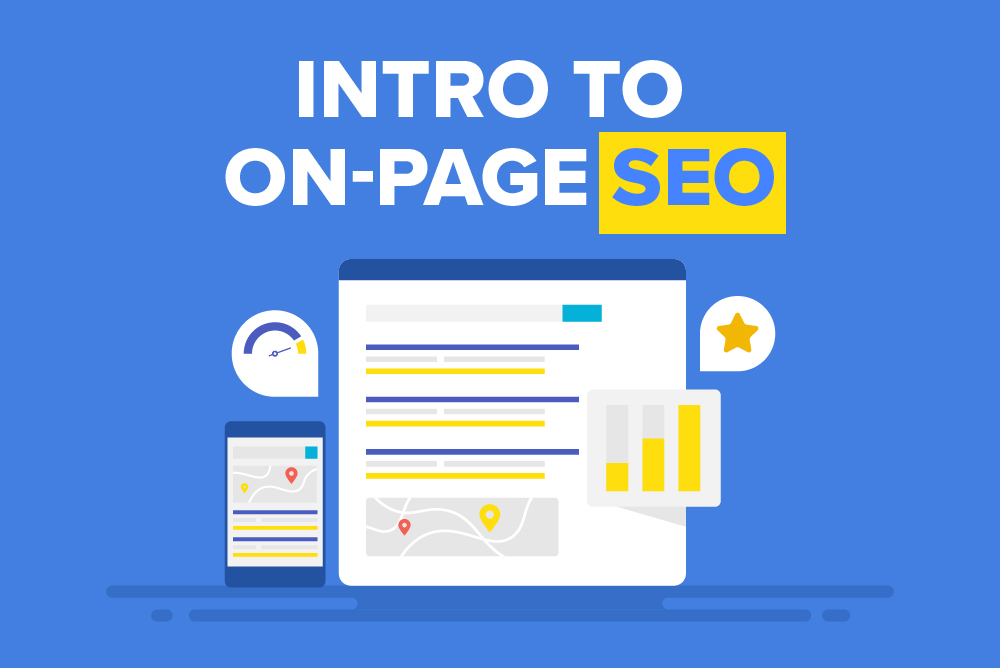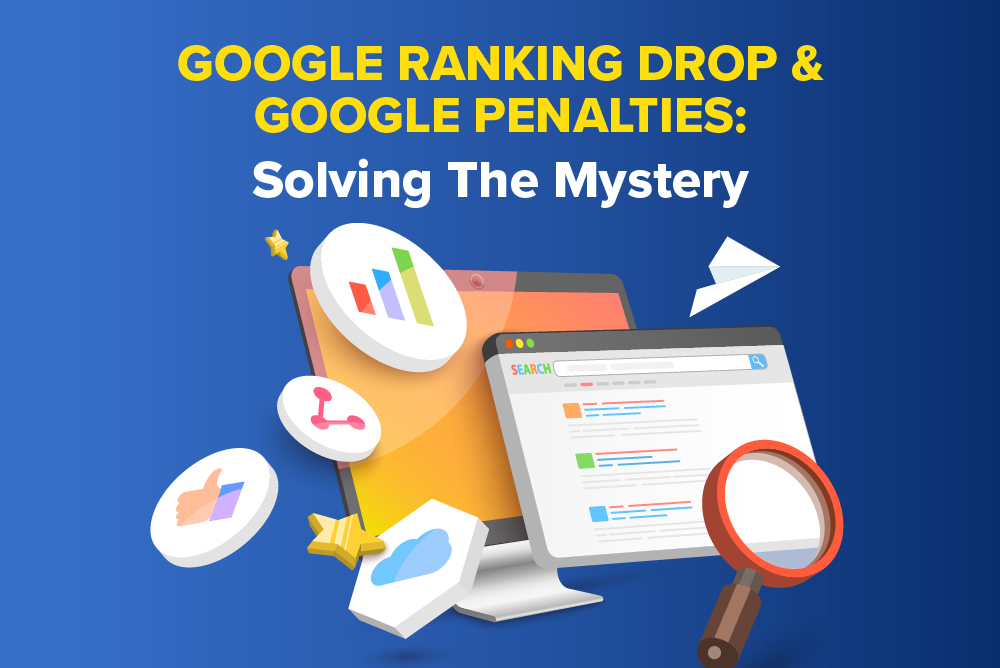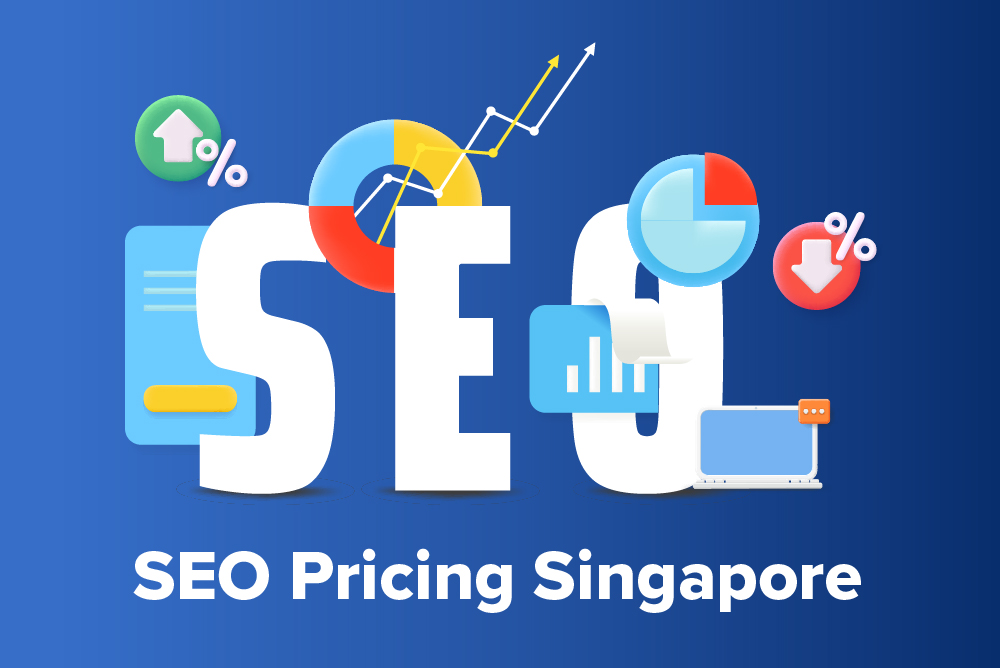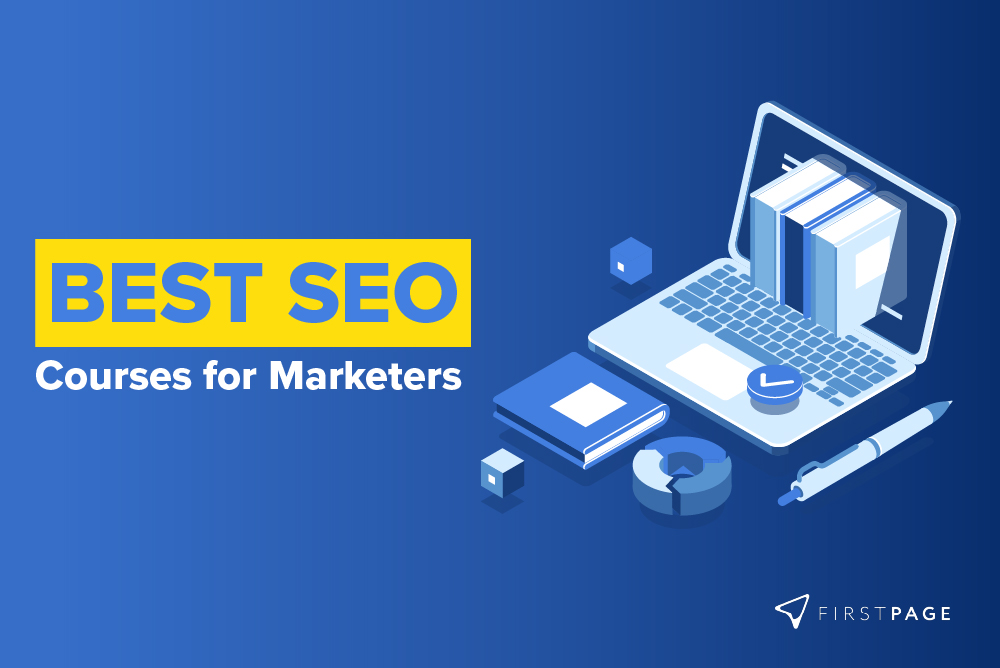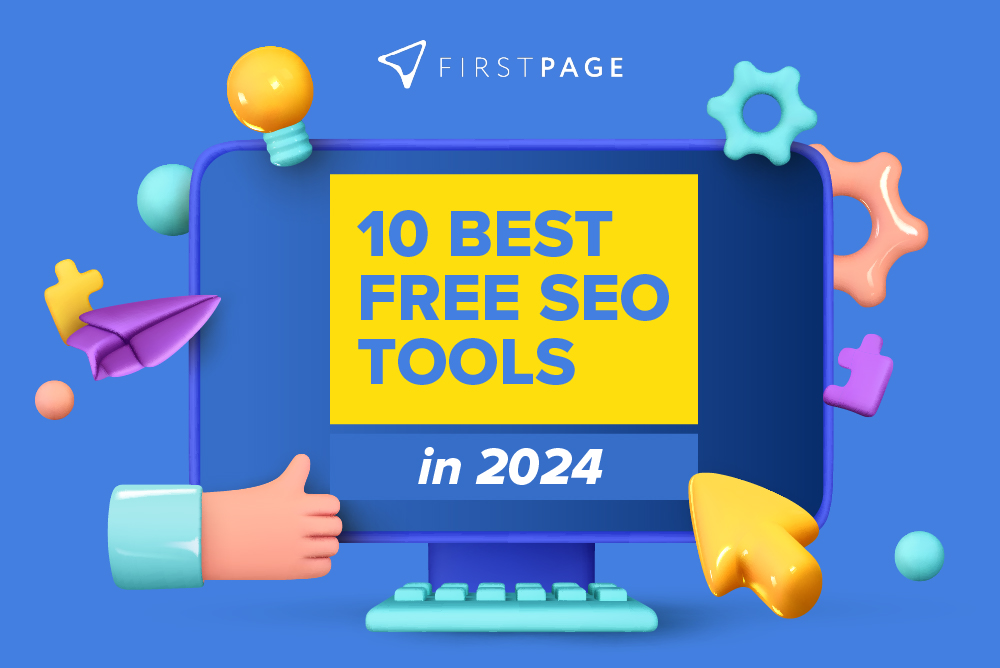As a business, you probably realise that the key to a website’s success isn’t just about gaining the spotlight – it’s about sustaining it for the long term. On-page Search Engine Optimisation (SEO) is your robust toolkit to achieve this ongoing performance.
What Is On-Page SEO?
On-page SEO is a strategic process of fine-tuning each website page to bolster its visibility and ranking on the search engine results pages (SERPs). It comprises a wide array of elements, from precision-driven meta tags, top-tier content, image and URL structure optimisation, to strategic internal linking.
Further, it takes into account elements like website loading speed and overall user experience. An effective implementation of on-page SEO techniques ensures that your website ticks the boxes for users and search engines.
The importance of on-page SEO: More than meets the eye
The digital realm can be a tricky place to navigate. Here, on-page SEO serves as a vital navigator, guiding search engines like Google to comprehend your webpages, assess their relevance to user queries, and rank them in the SERPs.
Google, for instance, employs highly sophisticated algorithms to mine its search index and deliver the most fitting responses to user queries. These algorithms sift through billions of content chunks, honing in on keywords and phrases that align with the search input. Though the specifics of Google’s ranking algorithm are closely guarded, it is recognised as a comprehensive system that incorporates ranking factors such as backlinks, page speed, and content quality to determine the hierarchy of content in search results.
Yet, on-page SEO isn’t solely about algorithms. At its core, it’s about fostering an engaging, user-friendly experience that compels visitors to delve deeper into your site, significantly increasing conversion chances.
Each on-page SEO element thus wears two hats – optimising your website for search engines and cultivating an environment conducive to user satisfaction and engagement.
Technical On-Page SEO: Unleashing Potential With Precision
A thorough on-page SEO strategy first requires technical expertise, focusing on various elements to enhance a site’s readability, relevance, and accessibility. Let’s break down these critical aspects:
1. Crafting SEO-Friendly Meta Tags
For starters, meta tags are the first point of interaction between your website and potential visitors on the SERPs. They comprise title tags and meta descriptions that give users and search engines a snapshot of your content.
Title tags
Title tags are akin to headlines in a newspaper. They play a pivotal role in on-page SEO by providing a concise and informative summary of your page’s content.
Crafting an impactful title tag necessitates including relevant keywords without keyword stuffing, ensuring the tag is accurate, engaging, and within the 60-character limit to prevent truncation in SERPs. A well-optimised title tag not only pleases search engine algorithms but also appeals to users, enticing them to click through.
Meta descriptions
Meta descriptions are brief yet insightful previews of your webpage’s content. While they may not directly contribute to your website’s ranking, a compelling meta description can boost your click-through rates significantly, indirectly influencing your position on SERPs. Following meta description best practices, it should naturally incorporate keywords and keep within 150-160 characters while enticing potential customers to explore your web page further.
2. Enhancing Readability And Structure With Headers
Headers and subheaders (H1 to H6 tags) play a dual role in enhancing your webpage’s user experience and optimising it for search engines.
H1 tags
The H1 tag serves as the headline of your webpage. There should ideally be only one H1 tag per page, and it should provide a clear and concise summary of your content. By giving structure and context to your content, H1 tags simplify the task for both users and search engines to comprehend your page.
H2-H6 tags
Subheadings, represented by H2 to H6 tags, offer a hierarchical structure to your content, rendering it more digestible for readers. These tags should cover various subtopics or points that complement your main topic, enabling Google to extract additional context about your page’s content.
3. Creating Search Engine-Friendly URLs
URLs are like the address of your content on the vast internet. They should be simple, meaningful, and easy for users and search engines to understand. Including relevant keywords in your URLs can significantly enhance your on-page SEO efforts by aligning your content closely with user queries.
4. Image Optimisation For SEO
Image optimisation is a crucial but often overlooked aspect of on-page SEO. A well-optimised image can enhance user experience and give your SEO efforts a significant boost.
Alt text optimisation
Alt texts serve as descriptors, explaining what an image is about. They cater to visually impaired users using screen readers, making your website more accessible. Moreover, they provide context to search engine crawlers, aiding them in understanding your image content, thereby influencing your page’s SEO positively.
Image filename optimisation
Descriptive filenames, especially those incorporating relevant keywords, can significantly contribute to your SEO efforts. Google uses these filenames to understand image content. Therefore, replacing default filenames with meaningful ones like “life-insurance-singapore.jpg” offers additional context and aligns better with user queries. A thoughtfully named image not only enhances SEO but also creates a more coherent and satisfying user experience.
Content – The Bedrock Of On-Page SEO
Just as the technical elements fine-tune a website’s performance, great content will be the powerhouse that drives on-page SEO. Crafting informative, engaging, and relevant content that addresses a user’s search query has the power to boost your website’s SERP rankings dramatically. It forms the foundation on which other SEO elements interact.
1. Writing for users and search engines
Creating high-quality content is an art. It demands a fine balance between answering users’ queries convincingly and subtly incorporating relevant keywords to cater to search engine algorithms. This ensures that your content resonates with the reader while remaining aligned with SEO best practices for optimal results. The best content answers users’ questions thoroughly, hooks their attention, and subtly convinces search engines of its relevance.
2. Keyword placement and density
The strategic placement of keywords within your content and meta tags is crucial in on-page SEO. Mindlessly stuffing keywords won’t do the trick; in fact, it can backfire and lead to penalties.
Instead, aim to naturally include your target keyword in the title tag, meta description, H1, and within the first 100 words of your content. This approach can bolster the relevance of your content and improve its visibility on SERPs, while preserving readability and user engagement.
3. Engaging headings and subheadings
Headings and subheadings are more than just formatting tools. They enhance the readability of your content and provide structure, making it easy for readers to follow your narrative or argument.
Furthermore, they offer additional opportunities for keyword placement, helping your page rank for related search queries. Good headings and subheadings guide your reader through the content and offer search engines context about the material you’re presenting.
4. Incorporating multimedia elements
Adding dynamic elements like images, videos, and infographics to your content can transform it from being ‘just readable’ to highly engaging and shareable. Multimedia can break up long blocks of text and provide a visual treat for readers. Not only do these elements enhance user experience, but they also boost dwell time, signalling to Google that your page provides valuable, engaging information.
5. Internal linking
Internal links are powerful yet underrated tools in the SEO toolkit. They guide your readers to more relevant content, thereby improving user navigation, and potentially increasing your website’s dwell time.
For search engines, these links offer a roadmap to understanding your site’s structure, facilitating easier crawling and indexing of your site. They also help distribute page authority throughout your site, giving lesser-known pages a chance to shine. As such, a well-thought-out internal linking strategy can significantly amplify your on-page SEO success.
UI/UX – The Architect Of User Engagement In On-Page SEO
On-page SEO is about more than just keywords and content. It also involves enhancing the user interface (UI) and user experience (UX). This dual-pronged approach is crucial in determining your page’s SERP ranking and overall user satisfaction.
When users find your site easy to use, visually pleasing, and quick to respond, they’re more likely to stay longer and even return in the future. Simultaneously, search engines recognise and reward the optimisation efforts put into UI/UX, solidifying its critical role in on-page SEO.
1. Optimising website speed
In our increasingly fast-paced world, users want access to information at the speed of light. Slow-loading websites can otherwise be a frustration to users and lead to high bounce rates, significantly affecting your site’s ranking.
Prioritising the optimisation of your website’s loading speed is not just a best practice for improved user experience but also a fundamental element of efficient on-page SEO. Leveraging various techniques, such as compressing images, minimising HTTP requests, and utilising browser caching, can substantially enhance your site’s speed and user experience.
2. Mobile-friendly design
In an era dominated by mobile technology, the majority of internet browsing now happens on handheld devices. In fact, with a smartphone penetration share of approximately 92%, Singapore holds a lead position in smartphone adoption and user engagement as of 2023. This is according to Statista.
Consequently, having a responsive, mobile-friendly website design becomes an essential component of modern web design. It ensures that your website’s appearance and performance remain consistent across different devices, providing users with a seamless browsing experience.
Mobile optimisation is an aspect that Google takes seriously, with mobile-first indexing being the primary mode for crawling and ranking websites.
3. User-friendly navigation and site structure
A well-structured website with intuitive navigation forms the backbone of an outstanding user experience. It enables users to find the information they need with ease, thereby keeping them engaged and satisfied.
Moreover, a logical and straightforward site structure assists search engine bots in crawling your website more effectively, ensuring every page gets indexed. By interweaving user-friendly navigation with a robust site structure, you can subtly influence your SEO while offering a superior UX to your visitors.
4. Voice search optimisation and featured snippets
With the surge in smart speakers and voice assistant technology, the significance of voice search optimisation is growing at an unprecedented rate. As reported on the GlobeNewswire, the Global Voice Assistants Market is anticipated to experience a Compound Annual Growth Rate (CAGR) of approximately 33.5% from 2022 to 2028, with projections indicating it could reach a market value of USD 22.2 Billion by the year 2030. Given this, ensuring your content can be easily understood and delivered in a conversational tone to voice search users is becoming a crucial part of on-page SEO.
Similarly, targeting featured snippets — those brief content previews showcased at the top of Google’s search results — can dramatically increase your visibility in SERPs. Achieving this coveted ‘position zero’ means structuring your content in a way that succinctly answers users’ questions, making it easy for Google to feature it prominently.
Expanding Your On-Page SEO Strategies: Advanced Techniques
Diving deeper into on-page SEO, let’s explore some advanced techniques that can significantly enhance your website’s performance and visibility in search engine results.
Active community engagement
One impactful technique is to cultivate an active community on your website or associated platforms. When users engage with your content through comments, reviews, or discussion forums, it can lead to an enriched user experience, which can substantially reduce bounce rates.
Reduced bounce rates signal to search engines that users find your content valuable and relevant, resulting in higher rankings. Active communities also encourage repeat visits, fostering a sense of belonging among users, which can further amplify user engagement metrics.
Having an active community not only nurtures an interactive platform for users but also provides valuable insights into user needs and preferences. This feedback can be instrumental in refining your content strategy to better align with user interests, enhancing your website’s relevancy, and in turn, its SERP rankings.
Use of original images
Another advanced technique entails the use of original, high-quality images. Original images add unique value to your content, making it stand out in the sea of generic stock photos. They also convey authenticity and professionalism, enhancing your brand’s credibility.
As highlighted earlier in this guide, don’t forget to optimise your images for SEO. By weaving relevant keywords into the image file names and alt text, your website’s visibility in image searches can significantly improve. This advanced technique doesn’t only extend your content’s reach, but it also unveils additional opportunities for steering organic traffic to your site.
Conducting An SEO Audit: Your Key To Continuous Improvement
In on-page SEO, it is vital to ensure your strategies are delivering the expected results. One of the most effective ways to gauge this is through an SEO audit, a process that assesses how well your website is optimised for search engines.
Digital tools such as Ahrefs and Semrush can offer a comprehensive on-page SEO analysis. These tools perform a deep dive into your website, identifying potential issues that may hinder your site’s visibility or performance. They scrutinise several key factors including, but not limited to, keyword usage, backlinks, content quality, and site structure.
An SEO audit using Ahrefs or Semrush can provide critical insights into your website’s current performance, such as your top-ranking pages, most effective keywords, and any technical glitches that may be affecting your SERP rankings. They also offer actionable recommendations on how to rectify any identified issues, allowing you to refine your on-page SEO strategy continuously.
Moreover, these tools enable you to analyse your competitors’ SEO strategies. By understanding what strategies work for them, you can glean valuable insights to bolster your own SEO efforts. Therefore, incorporating a quarterly SEO audit into your routine practices can supercharge your on-page SEO initiatives.
On-Page SEO: Fueling Your Website’s Journey To The Top
From crafting compelling, SEO-optimised content that resonates with your target audience, to diligently performing regular audits of your website’s SEO health, each action you take plays a part in shaping a robust and result-driven on-page SEO strategy. It’s worth noting, though, that on-page SEO comprises approximately 25% of the components that dictate your position in the SERPs. This highlights the broad spectrum of factors that contribute to your overall SEO strategy.Hungry for deeper insights and strategies to help navigate your SEO journey? Visit our comprehensive First Page SEO Resource Hub. Here, you can find in-depth articles, guides, and resources that cover a wide range of SEO topics. By tapping into these resources, you can stay at the forefront of SEO agency best practices and trends, ensuring your website remains optimised for peak performance in the ever-evolving digital landscape.
